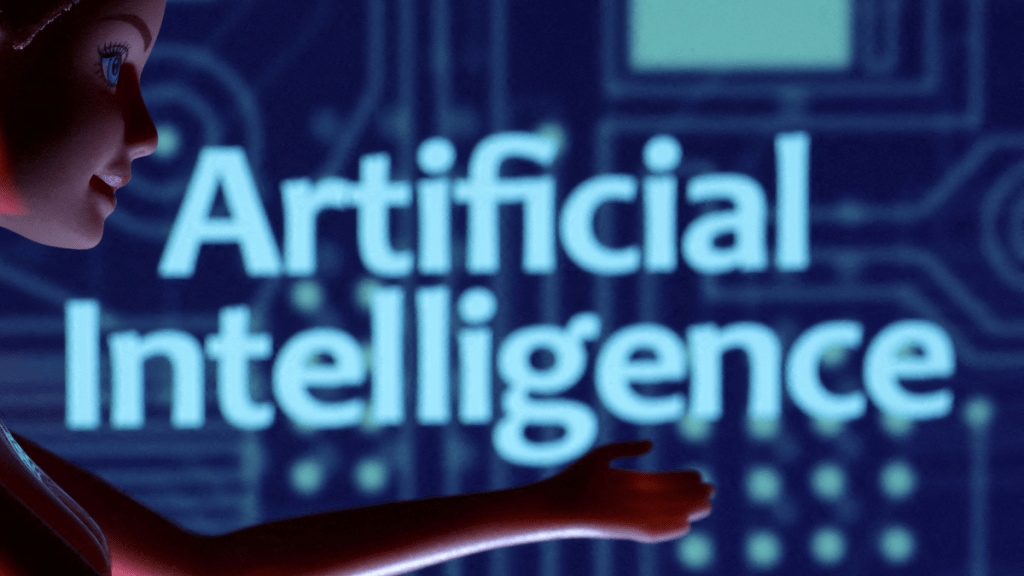By Varahasimhan Srinivasan
In recent years, the inclusion of AI (Artificial Intelligence) has presented a promising opportunity to enhance the tax compliance process further. Businesses across the globe are adopting AI and intelligent automation to meet increasing expectations from boards and tax administrations, as well as automating complex processes in the tax world.
Despite the indispensable role of human oversight in ensuring trust and accuracy in finance, AI in its current form augments human capabilities and drives efficiency. Moreover, as businesses expand into new markets and navigate complex cross-border compliance requirements, such as Harmonized System (HS) codes, the adoption of AI becomes increasingly pertinent. Businesses aiming to enhance financial efficiency and streamline tax-related tasks can leverage the potential of AI technology.
AI supports Harmonized System (HS) code classification
Global cross-border e-commerce surpassed $1 trillion in 2023, making the importance of having balanced trade systems greater than ever. The Harmonized System (HS), a standardized method for classifying traded products, plays a key role here, but classifying and assigning the correct HS code can be challenging for businesses. Leveraging AI, businesses can automate the classification of HS codes, and the technology can learn as HS code rules change. AI integration into managing HS codes is transformative, utilizing its learning capabilities to make accurate predictions.
Moreover, AI enhances the product classification process, cutting down on the time required to seek guidance from human tax experts. This leads to businesses benefiting from increased efficiency and speed around classifications and reduced misclassification risks often associated with human error.
Helping drive efficiency in tax management
The current global tax landscape demands increased transparency and collaboration among tax authorities globally, resulting in a surge in business compliance burdens. This heightened complexity and potential tax risks call for more strong solutions. AI is an important tool to address these obstacles, offering improved data efficiency and enhanced productivity.
As businesses, both large and small, embrace tax digitization, adopting AI-driven tax automation systems is becoming a standard practice. For example, in India, start-ups have already started leveraging AI to provide accounting, customer management, and marketing solutions to simplify tax filings.
Automation and AI gradually replace manual processes, transforming organizations into more service-oriented entities. While human involvement remains vital for trust and accuracy in finance, AI enhances human efficiency.
Supporting end-to-end tax compliance
Tax processes are notoriously complex, but AI and ML (Machine Learning) increasingly focus on this complexity. Many aspects of tax functions rely on human expertise developed over the years to grasp the nuances in regulations and administrative rulings. Due to the intricacies involved, the adoption of AI and ML is finding its way into tax-related activities.
However, AI offers significant efficiency gains by consuming large volumes of tax information and utilizing extraction techniques. This can save businesses up to 30–40% of the time typically spent on such tasks. AI, powered by ML algorithms, can categorize entities into different groups, similar to automated customer segmentation. Beyond this, AI can also categorize tax notices, letters, or contract clauses, thereby saving time that would otherwise be spent on reading these documents.
Moreover, AI-powered product taxonomy allows scope for precise categorization forecasts based on category ID and taxonomy tags. Employing machine learning for product classification prevents costly manual errors. Dealing with a large volume of products from various countries and retailers presents ample opportunity for mistakes. An AI-driven system utilizes data such as manufacturer details and product descriptions to ensure customized classification and accurate tariff codes automatically. The machine-learning classification module adapts to each country’s code in the Harmonized System, facilitating flawless shipments worldwide.
Furthermore, advanced AI has entered the tax function, offering numerous practical applications from academic research and professional service firms. While it may seem improbable that AI robots will replace human tax accountants, AI applications will likely play an important role in assisting tax experts. These applications can aid in error detection, transaction classification, audit risk estimation, and proposing advantageous tax strategies within complex global legal frameworks.
What’s Next
Globally, the integration of AI assistants in the tax compliance sector is likely to rise, handling diverse tasks such as data analysis and anomaly audits and supporting tax research and filing processes. AI helps automate manual cross-border compliance activities to improve operational efficiencies, minimize errors, and enable commerce.
We’re still in the early days of AI in tax, meaning businesses can expect more value from the technology as we move forward. For companies looking to move into new markets, AI will serve as another key tool like automation to streamline tax management and offload time and resource-intensive work from teams. Businesses looking to succeed in a global economy should leverage automation technology to address today’s compliance requirements and explore AI’s capabilities to solve tomorrow’s requirements.
The author is director, engineering, Avalara









